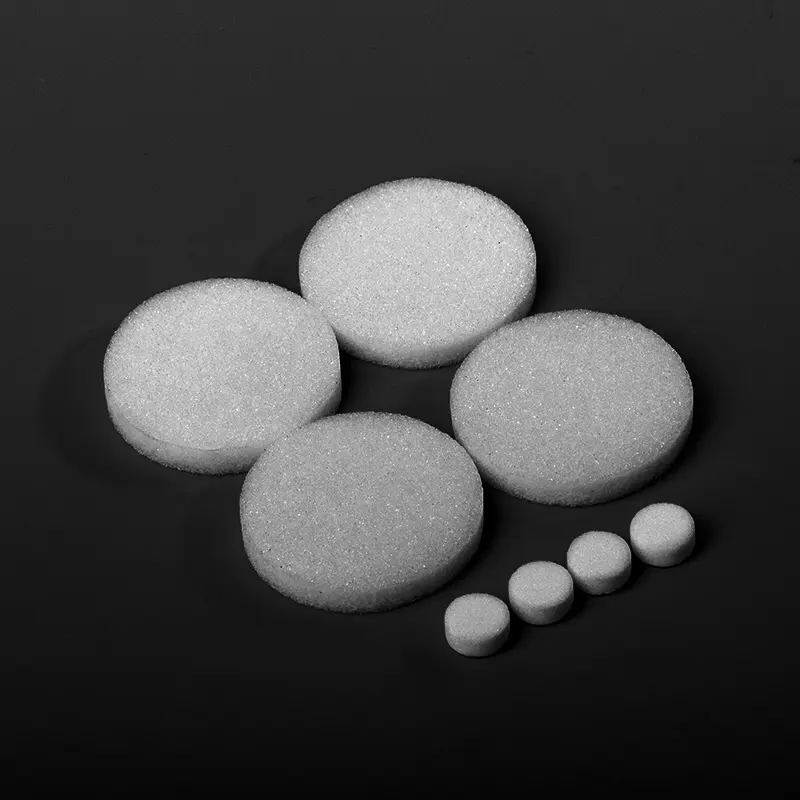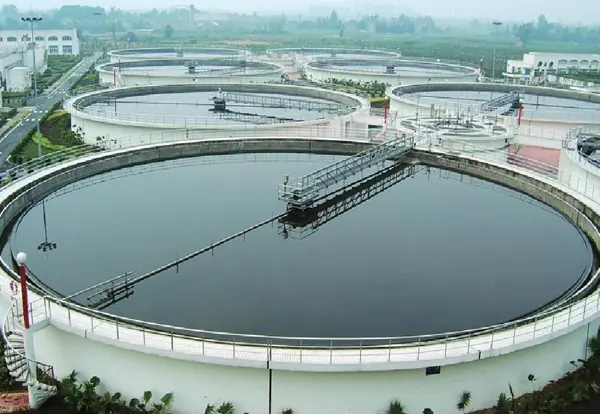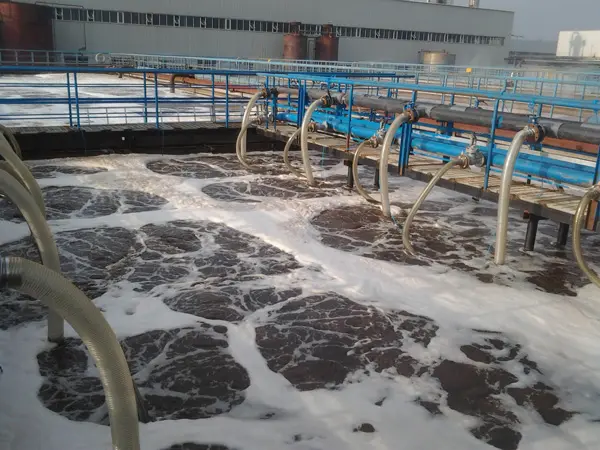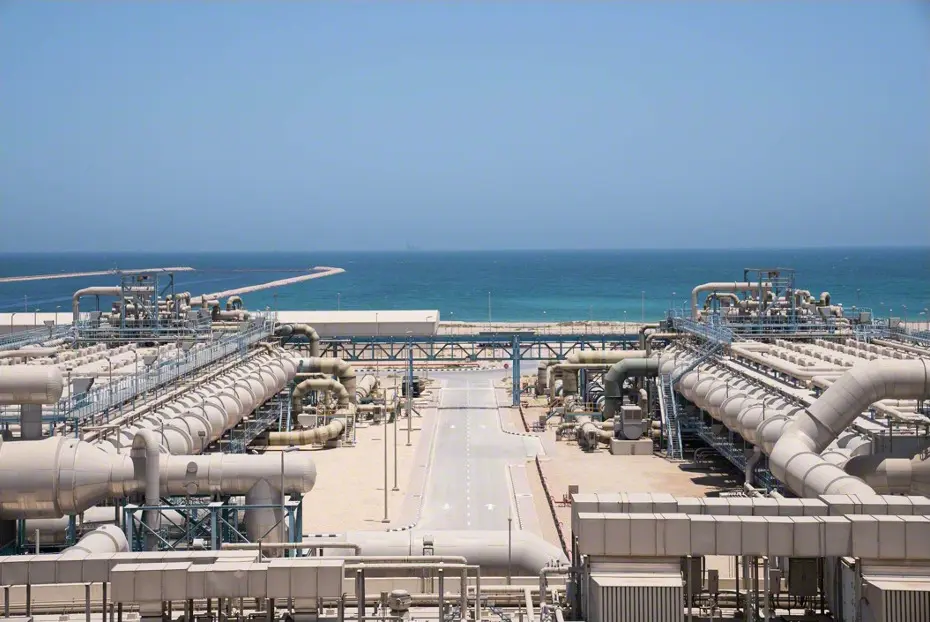Our quartz frits are high-purity sintered filter media, meticulously engineered for effective filtration and separation. Utilizing quartz sand as the primary medium, these porous discs exhibit excellent mechanical strength and chemical stability. They feature a negative surface charge, enabling the adsorption of positively charged suspended solids like silt, algae, and bacteria, achieving superior water purification. Available in various porosity grades (G00 to G5, ranging from 5 to 550 microns) and customizable dimensions (thickness 1.5-300mm, diameter 2-500mm), our quartz filters are ideal for demanding laboratory, industrial, and environmental applications.

How it works
A quartz sand filter utilizes quartz sand as its filtration medium. Water flows through the quartz sand layer under gravity or pressure. Quartz sand possesses good mechanical strength and chemical stability, and its surface carries a negative charge, enabling it to adsorb positively charged suspended solids in water, such as silt, algae, and bacteria. Larger particles are intercepted at the surface of the sand layer, while smaller particles gradually penetrate into the sand layer, eventually being adsorbed and retained by the quartz sand, thus achieving water purification.
| ITEMS | POROSITY | THICKNESS(mm) | DIAMETER(mm) |
|---|---|---|---|
| G00 | 250~550microns | 15~300 | 4~500 |
| G0 | 160~250microns | 10~300 | 4~500 |
| G1 | 100~160microns | 3~300 | 2~400 |
| G2 | 40~100microns | 3~300 | 2~400 |
| G3 | 16~40microns | 3~300 | 2~400 |
| G4 | 10~16microns | 3~300 | 2~400 |
| G5 | 5~10microns | 3~300 | 2~400 |
| Property Content | Property Values |
|---|---|
| SiO2 | 99.99% |
| Density | 2.2×10³ kg/cm³ |
| Hardness | 5.5 - 6.5 Mohs' Scale 570 KHN 100 |
| Tensile Strength | 4.8×10⁷ Pa (N/mm2) (7000 psi) |
| Compression Strength | >1.1×10⁹ Pa (160,000 psi) |
| Coefficient of Thermal Expansion | 5.5×10⁻⁷ cm/cm·°C (20°C-320°C) |
| Thermal Conductivity | 1.4 W/m·°C |
| Specific Heat | 670 J/kg·°C |
| Softening Point | 1730°C (3146°F) |
| Annealing Point | 1210°C (2210°F) |
| Strain Point | 1120°C (2048°F) |
| Work Temperature | 1200°C (2192°F) |
| Electrical Resistivity | 7×10⁷ ohm cm (350°C) |
| Size | Customized |
| Logo | Customized Logo Accept |
High Purity
Manufactured using high-purity quartz sand or quartz powder, ensuring the product is free from impurity contamination.
Porous Structure
Quartz filter plates possess a multitude of fine, interconnected pores, forming a complex network of channels that facilitate efficient filtration and impurity retention.
Corrosion Resistance
The porous structure results in a high specific surface area, enhancing both physical and chemical adsorption processes, further improving filtration efficiency.
Corrosion Resistance
Quartz material exhibits excellent acid and alkali resistance, maintaining stable filtration performance in various harsh environments.
Application Scenario
Agricultural Irrigation and Desalination Pretreatment
Quartz sand filters are used in agricultural irrigation systems to remove impurities, preventing equipment clogging and ensuring normal crop growth. They also serve as a pretreatment step in desalination plants to remove suspended solids and silt from seawater.
Frequently asked questions
We specialize in the end-to-end manufacturing of high-purity quartz glass components. Our core product lines include:
Quartz Tubing & Rods: A wide range of diameters and specifications.
Quartz Plates & Discs: Precision-cut and polished for optical and industrial use.
Quartz Labware: A full suite of standard and custom glassware, including beakers, flasks, and boats.
Semiconductor-Grade Quartz: High-purity components like process tubes and carriers for semiconductor fabrication.
Custom Fabricated Components: We can produce complex parts tailored to your unique designs and specifications.
Yes. Custom fabrication is at the core of our business. With over a decade of specialized experience, we partner with companies to provide expert OEM/ODM services. Our capabilities include welding, grinding, drilling, polishing, bending, and other precision processing techniques to create components that meet your exact requirements.
Quality is paramount in our manufacturing process. We are an ISO 9001:2015 certified manufacturer, ensuring that our processes meet international quality management standards.Our products also undergo rigorous SGS testing for purity and performance. We use high-purity raw materials (up to 99.998% SiO2) to produce fused quartz and fused silica products with exceptional thermal stability, high-temperature resistance, and chemical inertness.
We've streamlined our process to be as efficient as possible:
Submit Your RFQ: Send us your technical drawings, specifications, and requirements via our website contact form or email.
Rapid Response: You can expect an initial response within minutes and detailed communication within half an hour.
Design & Proposal: We will deliver a detailed design proposal and a competitive quote within 24 hours.
Prototyping & Production: Upon approval, we move swiftly from prototyping to full-scale production to meet your deadlines.
Partnering with Aoxin Quartz offers several key advantages:
Proven Expertise: With 10+ years in the industry, we have the technical knowledge to tackle complex challenges.
One-Stop Solution: We manage the entire production process, from sourcing high-purity raw materials to fabricating and finishing complex components.
Competitive Value: Located in a major quartz production hub, we leverage an efficient supply chain and advanced manufacturing to offer exceptional quality at a competitive price point.
Dedicated Partnership: Over 90% of our clients become long-term partners. We are committed to your success through responsive service, reliable quality, and innovative solutions.























